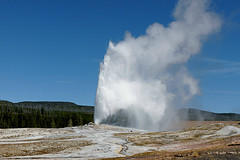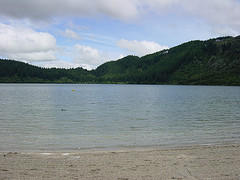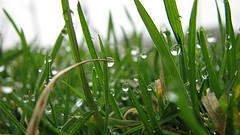Many tourists around the United States and the world visit Old Faithful every year. If you’ve never been to this incredible natural landmark, these five facts will show you just how special it truly is.
1. Old Faithful is the largest regularly erupting geyser in Yellowstone.
It erupts for 1.5 to 5 minutes every 35 to 120 minutes, shooting a burst of hot, steaming water up to 184 feet into the air.
2. It is one of the most studied geysers in the park.
Because scientists study it so closely, Old Faithful’s eruption times can be predicted very accurately, making it the easiest one to see when visiting the park.
3. The amount of time between eruptions lengthened in the past few decades.
Due to the earthquakes in Hebgen Lake in 1959 and Borah Park in 1983, OId Faithful’s eruptions have grown a bit further apart in recent decades.
4. Old Faithful is incredibly hot.
Sure, you probably knew that a geyser is hot, but did you know that Old Faithful ranges from 204 degrees Fahrenheit? The steam can even reach 350 degrees Fahrenheit!
5. Thousands of gallons of water are expelled with each eruption.
Old Faithful’s water eruption contains anywhere from 3,700 gallons in a 1.5-minute burst to 8,400 gallons in a 4.5-minute burst.
Old Faithful [Yellowstone Net]
Frequently Asked Questions at Old Faithful [National Park Service]
Old Faithful [The Geyser Observation and Study Association]










 Equal Housing Opportunity
Equal Housing Opportunity